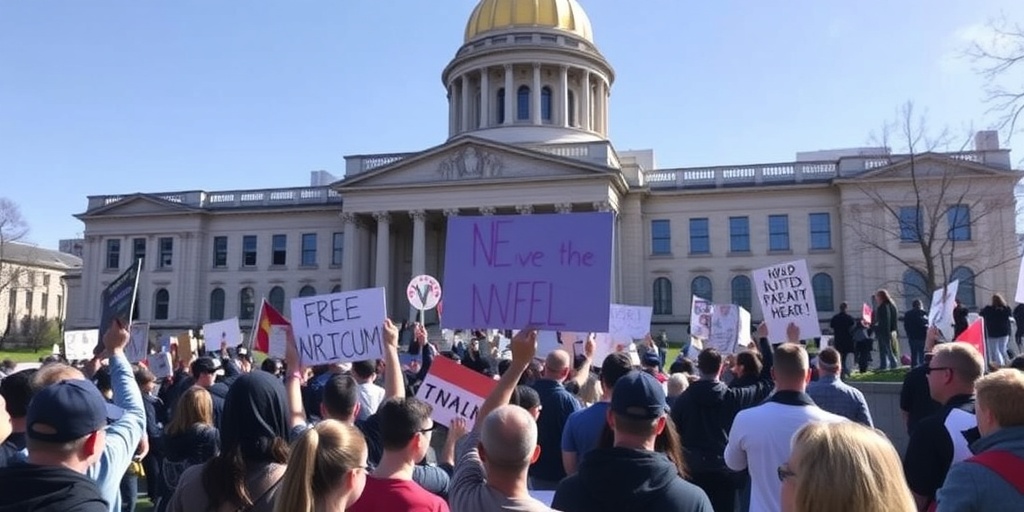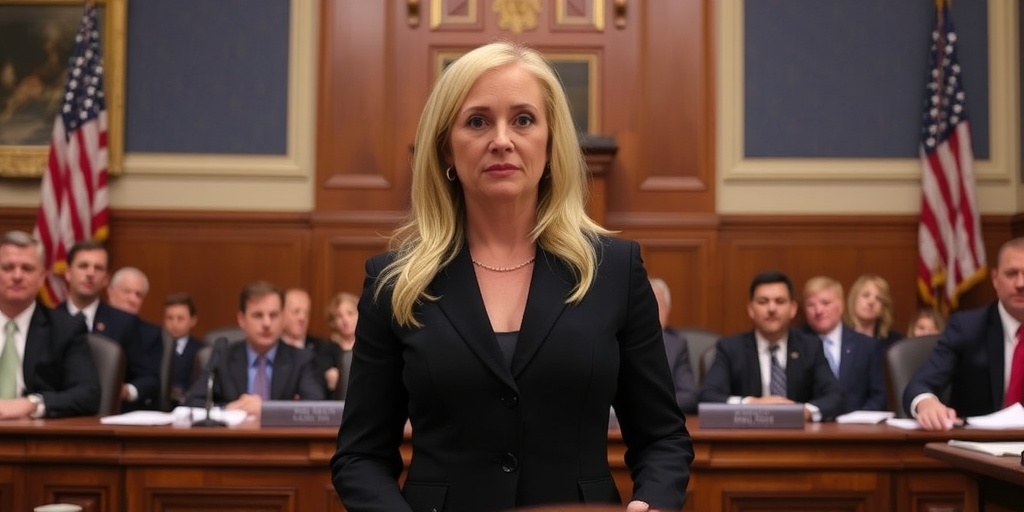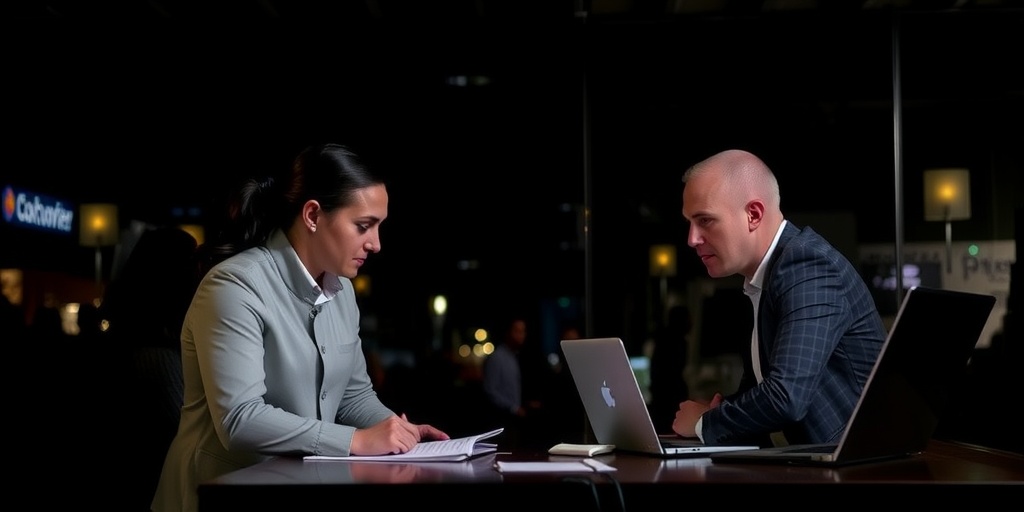Now Reading: Columbia Campus Protest Could Have Wrapped Up Without Police Intervention, Report Finds
-
01
Columbia Campus Protest Could Have Wrapped Up Without Police Intervention, Report Finds
Columbia Campus Protest Could Have Wrapped Up Without Police Intervention, Report Finds

Columbia University’s Police Response to Hamilton Hall Protest Criticized in Senate Report
Columbia University’s decision last spring to deploy police to remove demonstrators from Hamilton Hall was criticized in a report compiled by the university’s senate, which indicates the incident might have been handled differently. The report revealed that during the occupation of Hamilton Hall on April 30, some students expressed an urgent desire to leave voluntarily and had enlisted a Harlem pastor to help facilitate their safe exit. However, university administrators deemed the situation too dire and allowed hundreds of police officers to intervene.
The 335-page report, dubbed “The Sundial Report,” detailed the events of that day and provided insights into the university’s broader response to protests surrounding the conflict in Gaza that escalated in October 2023. The university senate, which comprises a mix of faculty, students, and administrators, authored the report and has been critical of the administration’s handling of demonstrations.
The protests began on a morning that led to demonstrators barricading themselves inside Hamilton Hall, leading to significant disruptions across the Morningside Heights campus. Critics have argued that the university administration’s response was delayed, particularly as tensions escalated and culminated in the police intervention that night. A smaller group of students, some not affiliated with Columbia, broke away from a larger encampment and took control of Hamilton Hall, sparking increased scrutiny of how the university balances free speech with the need to maintain safety.
In the wake of the protests, Columbia found itself at the center of a national debate regarding the treatment of student demonstrations and how to effectively safeguard students from harassment while also upholding protesters’ rights. The report points to the administration’s alleged missteps, emphasizing the failure to adequately address the students’ concerns and the implicit suspicion toward pro-Palestinian demonstrators.
The report opens with a declaration that its primary aim is to explore the factors that led to destabilization on campus and propose corrective measures. This release is particularly significant as the university grapples with implications from the Trump administration’s threat to withdraw $400 million in federal research funding over claims of insufficient action against antisemitism on campus.
Columbia has been in tumult with its leadership, now facing its third president in less than a year. While university officials stated they had not seen the report prior to its release, they have maintained robust defenses of their previous actions related to the protests. Their decision to call in the New York Police Department to remove the demonstrators from campus on the night of the occupation came under fire, particularly given an incident where an officer accidentally discharged a firearm during the arrests, though no injuries were reported.
Columbia’s former president, Nemat Shafik, portrayed the actions of the students as destructive, framing the situation as more than mere political expression. The report did not name the individual senators who contributed to its creation, but it noted that Jeanine D’Armiento, a professor of medicine and chair of the senate’s executive committee, played a pivotal role in mediating discussions between demonstrators and university officials.
Dr. D’Armiento’s position as an intermediary is emphasized throughout the report. Her communications on the day of the occupation highlighted an urgent desire from students to de-escalate the situation without police involvement. The timeline indicates that despite the students’ outreach for assistance, including a potential offer from a local pastor to mediate their exit, university administrators pressed for an aggressive police approach instead.
As police helicopters flew overhead, Dr. D’Armiento relayed students’ requests for additional time to negotiate their exit without police confrontation. However, university responses urged quicker departures, ultimately leading to police entering the building and arresting demonstrators later that evening.
Critics of Columbia expressed concern over how the university has seemingly deviated from previous norms regarding student protests, pointing out that the administration’s decision to summon police contradicted agreements put in place following violent protests in 1968 that had led to significant reforms in university governance.
The report contends that the administration’s reliance on a heavy police presence severely undermined decades of tradition surrounding student-led political expression and protest. It criticized the university for fostering an atmosphere of intimidation, alleging that private investigators monitored students and faculty, and raised concerns regarding a lack of due process during interrogations of students.
In summary, “The Sundial Report” calls for a reevaluation of Columbia’s administrative practices towards student demonstrations, emphasizing the need for transparent communication and collaboration to prevent future conflicts. Columbia’s administration now faces a critical moment to address the findings of this report as it navigates its response and strategy moving forward. The debate surrounding the university’s handling of protests and public safety remains at the forefront of its institutional challenges.
Stay Informed With the Latest & Most Important News
Previous Post
Next Post
-
 01New technology breakthrough has everyone talking right now
01New technology breakthrough has everyone talking right now -
 02Unbelievable life hack everyone needs to try today
02Unbelievable life hack everyone needs to try today -
 03Fascinating discovery found buried deep beneath the ocean
03Fascinating discovery found buried deep beneath the ocean -
 04Man invents genius device that solves everyday problems
04Man invents genius device that solves everyday problems -
 05Shocking discovery that changes what we know forever
05Shocking discovery that changes what we know forever -
 06Internet goes wild over celebrity’s unexpected fashion choice
06Internet goes wild over celebrity’s unexpected fashion choice -
 07Rare animal sighting stuns scientists and wildlife lovers
07Rare animal sighting stuns scientists and wildlife lovers





















